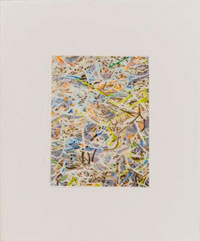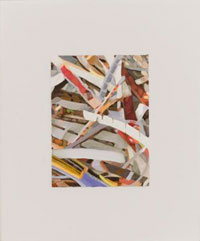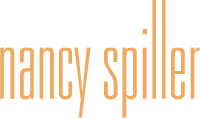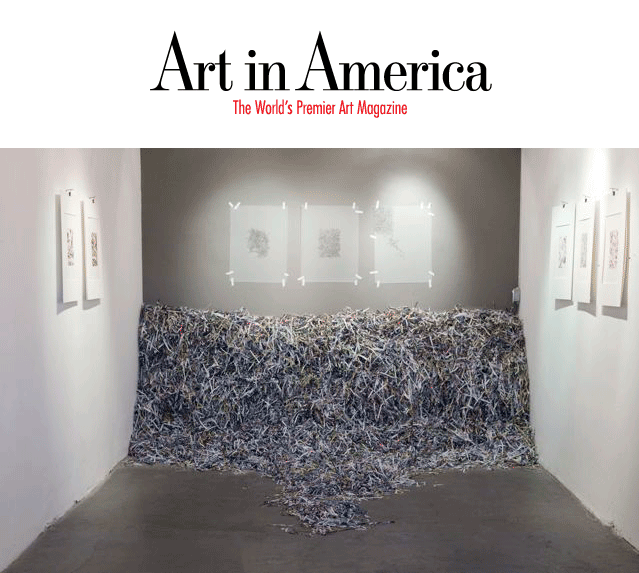ART IN AMERICA REVIEW
April 2008
Los Angeles
Reverse Trash Streams: The Junk Mail Project
at L.A. Contemporary
The sensation of swimming in trash, or junk, seems quintessentially modern–a consequence of insatiable appetites for new products and the attendant proliferation of packaging and advertising. The genres of collage and found-object installation, also prototypically modern, are intimately connected to trash as well: the repurposed candy wrappers, used train tickets and beer labels in Kurt Schwitters’s WWI-era collages (called Merz collages, in which he connected refuse to consumerism by poaching the last syllable of Kommerz) or the heaps of refuse collected by Arman to fill the Galerie Iris Clert in 1960 (titled Le Plein, in dialogue with Yves Klein’s Le Vide).
Both of these examples were germane to recent consideration of the esthetics and ethics of garbage–junk mail in particular. “Reverse Trash Streams” was a multifaceted collaboration between the artist Barbara Hashimoto and Nancy Spiller, who is identified in press materials as an “artist/writer/environmentalist.” In writings elated to this project, Spiller links global warming (accelerated by deforestation) and other ills (e.g., injuries to postal carriers, each of whom totes an average of 18 tons of junk mail annually) to the out-of-control proliferation of unsolicited mail. Americans receive over 50 billion pieces annually, she tells us in a statement accompanying he exhibition, and some 100 million trees are cut down each year to produce it, while each of us will spend an average of eight months of our lives sorting through unwanted material in our postboxes.


All this suggests a heavy-handed, didactic approach, yet the opposite was true. The Los Angeles installation, which was concurrent with an installation and performance in Chicago, filled a gallery with delicate paintings in ink, gouache and oil on Mylar (by Spiller), restrained abstractions composed of woven strips of shredded advertisements (by Hashimoto) and an (unsigned) heap of colorful shredded mail that, as Spiller points out, evokes Monet’s haystacks. Spiller’s paintings, close-up studies of the shredded material, were deployed as a species of abstract still life. Intimate in scale, they have titles like Pentecost, Book of Hours and Psalms that belie their mundane source material, elevating junk mail to a ceremonial status that corresponds with its central place in our lives. Hashimoto’s weavings were especially strong, for instance a surrealist abstraction whose title helps us identify its source in a shredded catalogue photo of Kate Moss.
In preparation for the project, Spiller and Hashimoto collected and shredded hundreds of pounds of junk mail that had been delivered to their homes. Their project’s success lies in their ability to embrace something omnipresent, rarely considered, and yet indicative of larger social issues, with humor, formal elegance and a resigned pathos. And the project picks up a vital modernist thread–at a time when digital spam threatens to eclipse our time-honored abundance of physical junk.


Never thought of all the junk mail I get that gets tossed away as easily as useless spam emails. Added up, that gets serious! (BTW, this site looks amazingly cool)